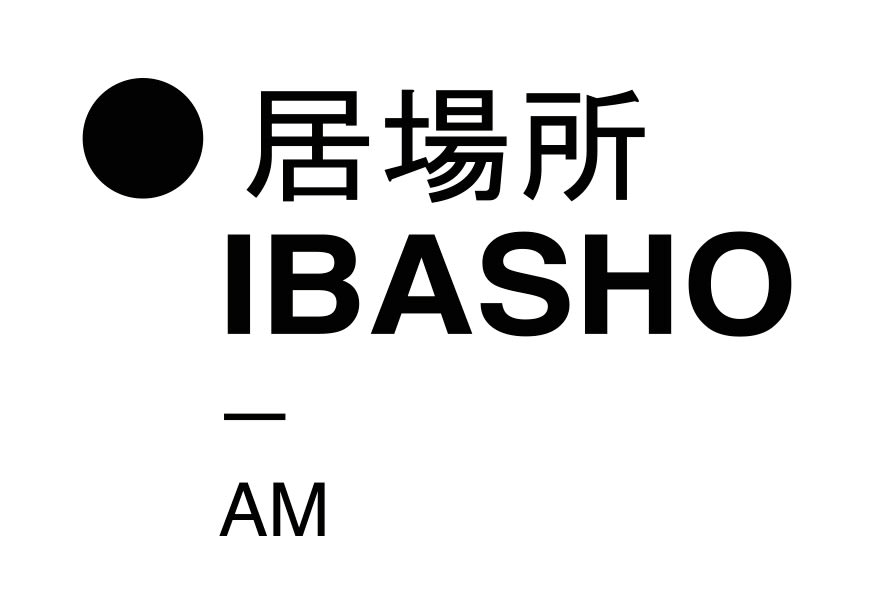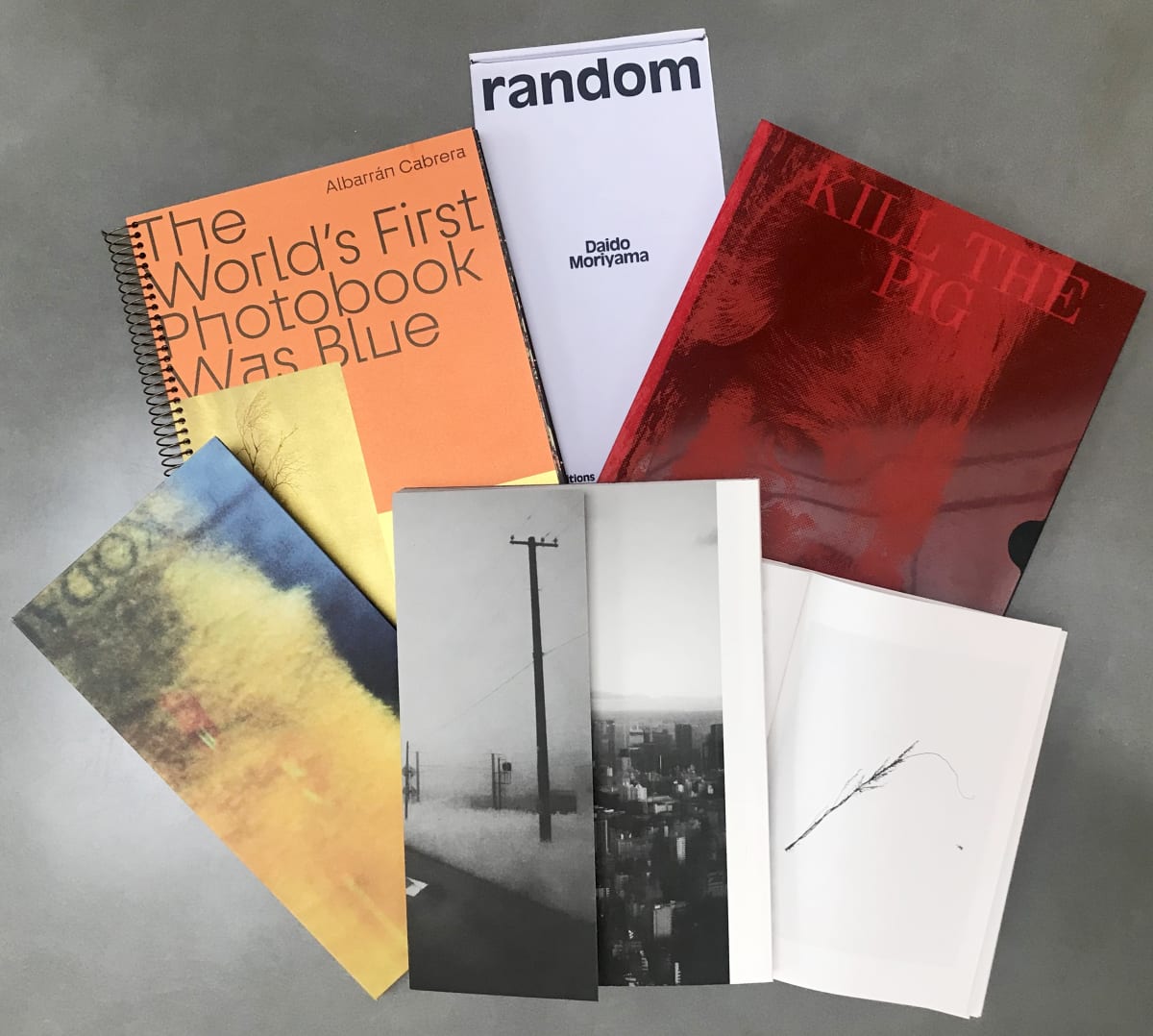Masahisa Fukase
Born on Hokkaido, the northernmost island of Japan, Masahisa Fukase was the third generation in his family to pursue photography. Fukase attended Nihon University in the 1950s, a period of ferment during which artists and students called for a focus on the individual’s aspirations as opposed to the traditional collective concerns of society. After graduating in 1956 with a degree in photography, Fukase began working for the Dai-Ichi advertising agency. Thereafter he began to build his reputation through a series of exhibitions, including a solo show with an industrial theme entitled Sky over an Oil Refinery in 1960, and another solo show featuring a series of slaughterhouses entitled Kill the Pigs in 1961. The latter - called by critics “a personal and violent document” - gave Fukase his first exposure in a photography magazine (Photo Art). Throughout the 1960s, Fukase received regular attention in such journals such as Camera Mainichi and Asahi Journal.
In 1964 Fukase married Wanibe Yoko, who was his central subject during their twelve-year marriage and continued to affect his art thereafter. With Yoko, Fukase plunged into an extreme existence marked by artistic and sexual experimentation, rendering their lives highly unstable but catalysing a spontaneous and prolific productivity. Several publications attest to Fukase’s productivity - and Yoko’s willing and improvisational participation - during this chaotic period.
Fukase has acknowledged the inspiration of a number of American photographers, including Ishimoto Yasuhiro (an American of Japanese descent), as well as Aaron Siskind, Harry Callahan, Garry Winograd, and Lee Friedlander. In 1974 Fukase was included in the seminal Museum of Modern Art exhibition New Japanese Photography. In 1977 he was awarded the Ina Nobuo Prize.
Upon his return to Hokkaido, Fukase’s most famous body of work, 'Karasu' (Ravens, 1986: English edition published as The Solitude of Ravens [1991]), was created in low melancholic light. Fukase was an avid cat lover raisng at least eight in his life. Sasuke Two (the original Sasuke ran away) became Fusake's closest companion and his most documented subject, alongside the ravens, that resulted in a collection of photographs of Sasuke in unfamiliar enviroments (for a cat) such as being at the beach or in the back pocket or a train seat. Fukase seemed to have found the brighter side of his turbulent character in his cat, extensive documentation has led to a whimsical and playful body of work.
-

Bukubuku - Masahisa Fukase
Fukase, Masahisa, 2004hardcover, 88 pagesRead more
Publisher: Hysteric Glamour
Dimensions: 260 x 230 mm -

CURIOUS EYES FOR MAN - Through the Eyes of 31 Photographers
人間への好奇心 Yamagami, Shojisoftcover, 32 pagesRead more
Publisher: Shoji Yamagami
Dimensions: 210 x 150 mm -
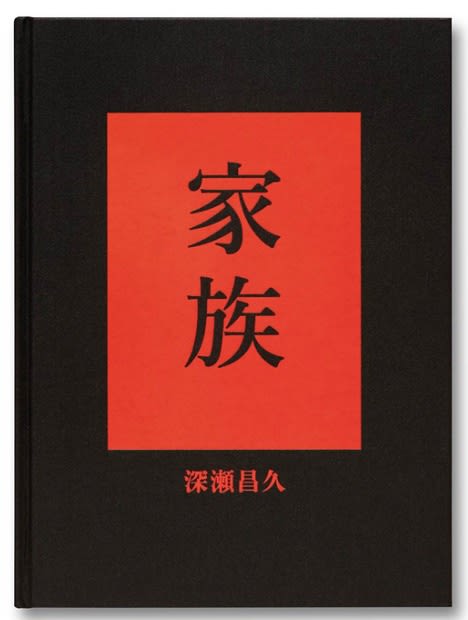
Family - Masahisa Fukase
Fukase, Masahisa, 2019hardcover, 94 pagesRead more
Publisher: MACK
Dimensions: 310 x 230 mm -

Hibi - Masahisa Fukase
Fukase, Masahisa, 2016hardcover, 240 pagesRead more
Publisher: MACK
Dimensions: 260 x 160 mm
-

Homo Ludens - Masahisa Fukase
Fukase, Masahisa, 2025hardcover, 128 pagesRead more
Publisher: Akaaka Art Publishing
Dimensions: 280 × 225 mm -

Kill the Pig - Masahisa Fukase
Fukase, Masahisa, 2021hardcover in slip case, 84 pagesRead more
Publisher: IBASHO & the (M)éditions
Dimensions: 245 x 325 mm -
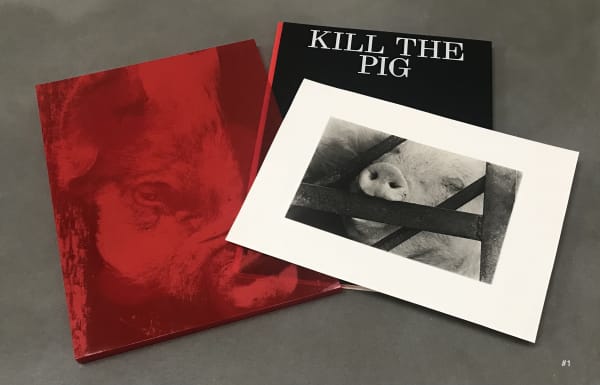
Kill the Pig - Masahisa Fukase
special edition with Toyobo print Fukase, Masahisa, 2021hardcover in slip case - print 1 (pig behind fence), 84 pagesRead more
Publisher: IBASHO & the (M)éditions
Dimensions: 245 x 325 mm -
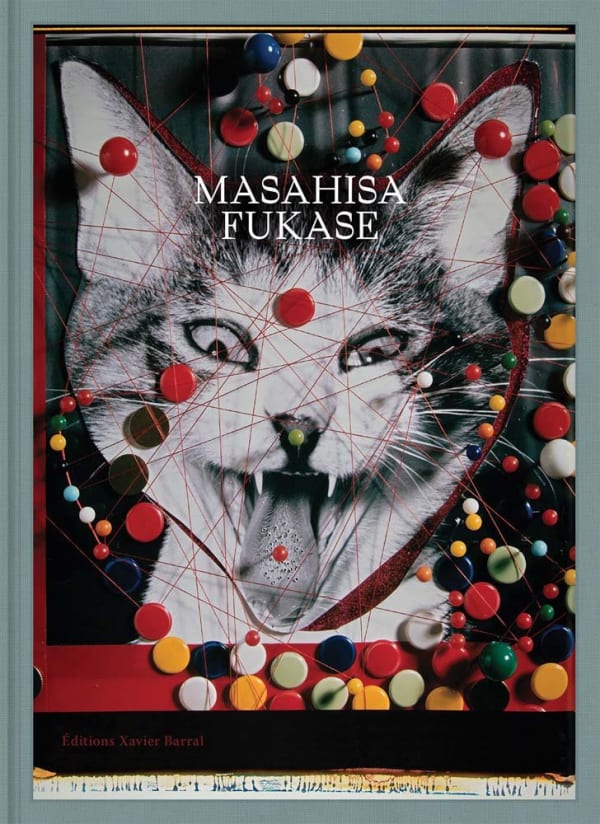
Masahisa Fukase - Masahisa Fukase
Fukase, Masahisa, 2018hardcover, 416 pagesRead more
Publisher: Editions Xavier Barral
Dimensions: 260 x 195 mm
-

New Japanese photography
Various artists, 1974softcover, 120 pagesRead more
Publisher: The Museum of Modern Art
Dimensions: 253 x 230 mm -

Private Scenes - Masahisa Fukase
Masahisa Fukase, 2023hardcover, 192 pagesRead more
Publisher: akaaka-sha
Dimensions: 190 × 240 mm -
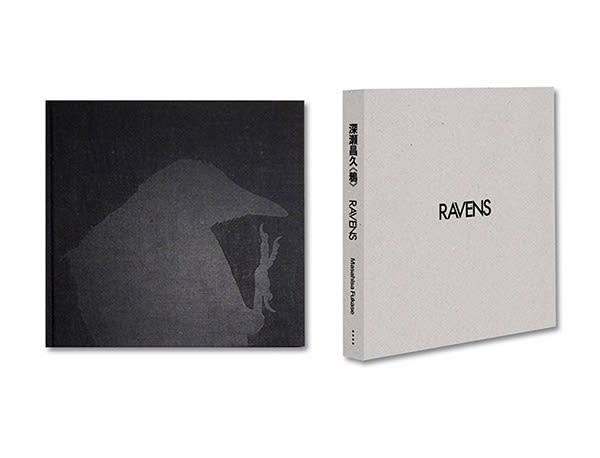
Ravens - Masahisa Fukase
Fukase, Masahisa, 2017hardcover in slip case, 146 pagesRead more
Publisher: MACK
Dimensions: 263 x 263 mm -

Sasuke - Masahisa Fukase
Fukase, Masahisa, 2021hardcover, 192 pagesRead more
Publisher: akaaka-sha
Dimensions: 260 × 185 mm
-

Solitude of Ravens - Masahisa Fukase
Fukase, Masahisa, 2008hardcover in slipcase, 125 pagesRead more
Publisher: Rat Hole
Dimensions: 270 x 260 mm -

Wonderful Days - Masahisa Fukase
Fukase, Masahisa, 2015hardcover, 64 pagesRead more
Publisher: roshin books
Dimensions: 231 x 210 mm -

Yohko - Masahisa Fukase
Fukase, Masahisa, 1978hardcover with dust jacket, 120 pagesRead more
Publisher: Asahi Sonorama
Dimensions: 205 x 218 mm
